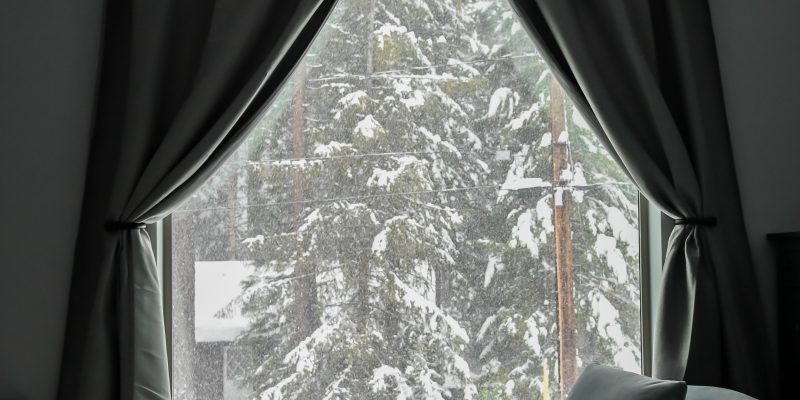The colder months are already upon us, as the days approach their shortest and the nights their iciest. It is cold winters such as these that illustrate well the importance of a warm home – but warmth is becoming something of a luxury for many households, as energy bills remain well above the means of the average family.
As such, mitigating the loss of heat from a home becomes vital to reducing costs, and keeping living spaces liveable through the winter. What follow are four methods that can help you prevent heat loss in your home this winter, and remain comfortable throughout.
Insulation
Insulation is the single most effective way to address heat loss in any domestic home. Heat is transferred through walls and convected through ceilings, forming the primary mechanisms through which heat leaves a home. Simply having cavity wall insulation installed in your home can create up to £690 in energy savings over the course of a year (as of December 2022). The work is major, though, and costly – making this one of the more involved endeavours relating to the mitigation of heat loss.
Double-Glazing
When thinking about domestic heat loss, windows are often underestimated for their own role. Double-glazed windows are standard, by and large, with only the oldest of properties still harbouring pane glass windows or sash window frames. If your property is not protected by specific laws or covenants, and does not have double-glazed windows, this is a sure-fire way to mitigate heat loss from livings spaces. Triple-glazed windows are also available, with more effective noise and heat insulation properties than double-glazed.
Heating
While energy efficiency for homeowners is a key consideration overall, much of the time it does not address the mitigation of heat loss in a property; rather, new heating systems serve to reduce wasteful energy usage at source in the heating of the home. However, there are some secondary ways in which addressing your heating system can have an impact on heat loss.
For example, consider older radiators that have been a part of a home for some time. They may have been painted over several times, reducing their effectiveness at radiating heat. Replacing the radiators – and reconsidering where they sit in the home – can improve their effectiveness and reduce the convection of heat out of windows.
Curtains
Windows have already been mentioned as potential vehicles for heat transfer; even with the fitting of tripled-glazed windows to a property, they will not become perfect insulators for heat. Curtains actually play an important role in insulation as well as in controlling light and privacy.
By investing in heavier curtains, you can control the level to which they assist in insulation. Curtains create a pocket of air between the room and the window itself, mitigating heat transfer. This effect can be strengthened by tucking curtains onto the windowsill or behind radiators, to ensure heat convects into the room as opposed to out.




















